Where to have a drink in the evening in Périgueux: the best addresses!
Where to have a drink in the evening in Périgueux: the best addresses!
653 m - Périgueux
Party Time
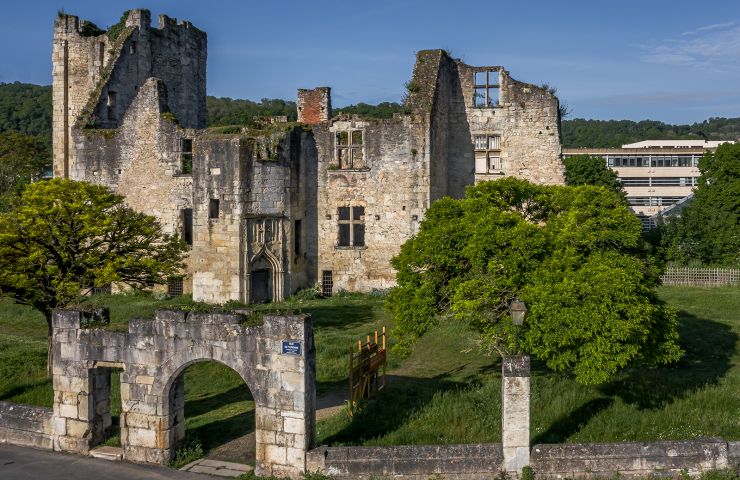
The Château Barrière is the only preserved example of knightly fortified houses, built in the Middle Ages by ...
95 m - Périgueux
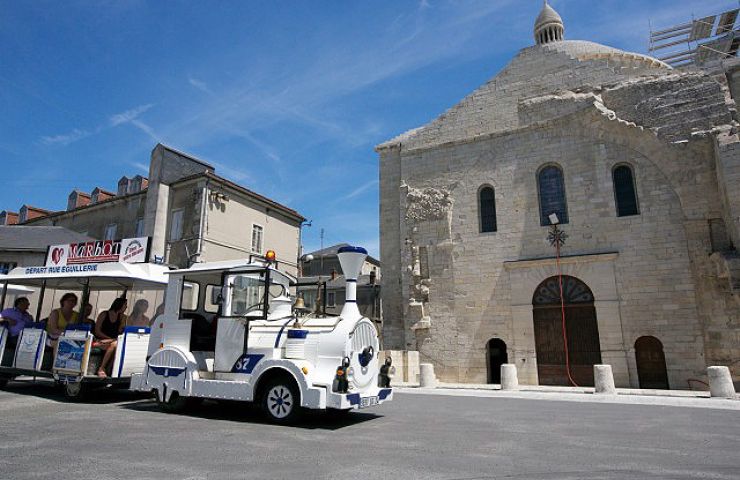
First cathedral of the city of Périgueux, until 1577. The Protestants attacked two of its domes and its bell tower ...
174 m - Périgueux

The Jardin de Vésone in Périgueux allows you to approach this Gallo-Roman site from a new angle. Ancient essences ...
329 m - Périgueux
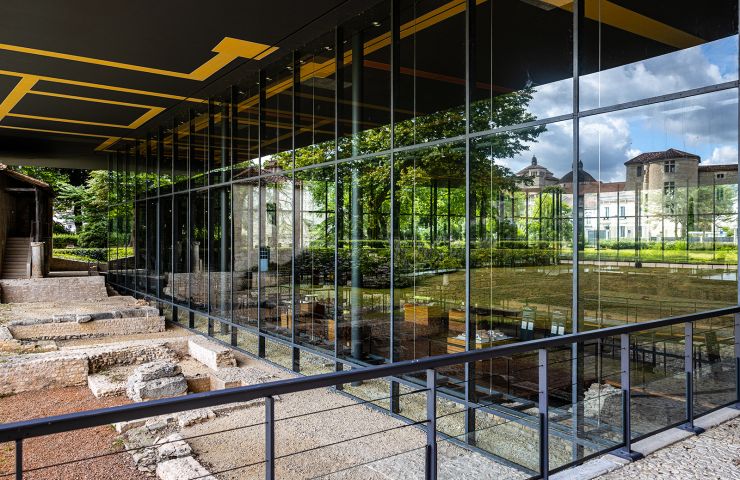
Unique in France. The remains of a rich Gallo-Roman residence in architecture by Jean Nouvel. Exceptionally ...
341 m - Périgueux
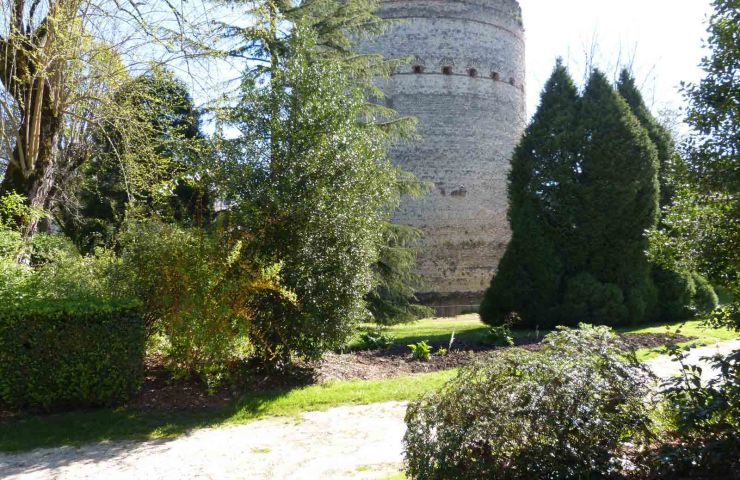
Périgueux is the best-known Roman city in Aquitaine. Before the Roman conquest, the current department of Dordogne ...
373 m - Périgueux


Arena Garden
9 boulevard des Arènes
24000 Périgueux
45° 10'57.44"N, 0° 42'46.92"E

653 m - Périgueux
Party Time

653 m - Périgueux
Rest and relaxation

653 m - Périgueux
Family Time
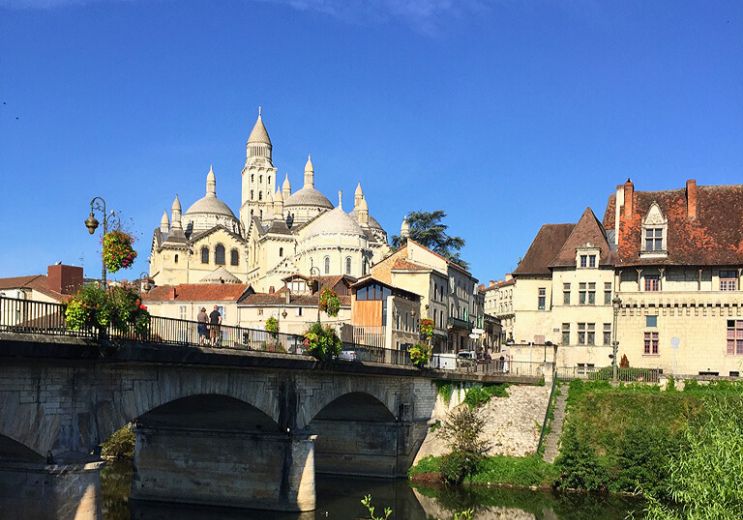
653 m - Périgueux
Culture and Heritage
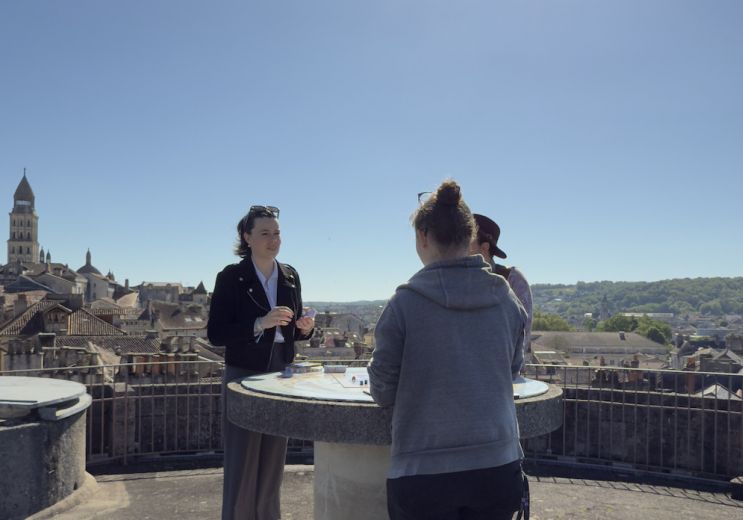
653 m - Périgueux
Family Time

The Jardin de Vésone in Périgueux allows you to approach this Gallo-Roman site from a new angle. Ancient essences ...
329 m - Périgueux

Périgueux is the best-known Roman city in Aquitaine. Before the Roman conquest, the current department of Dordogne ...
373 m - Périgueux

More than a hundred staged sculptures illustrate the most beautiful quotes from writers. Situated in a remarkable ...
16,3 km - Bassillac et Auberoche
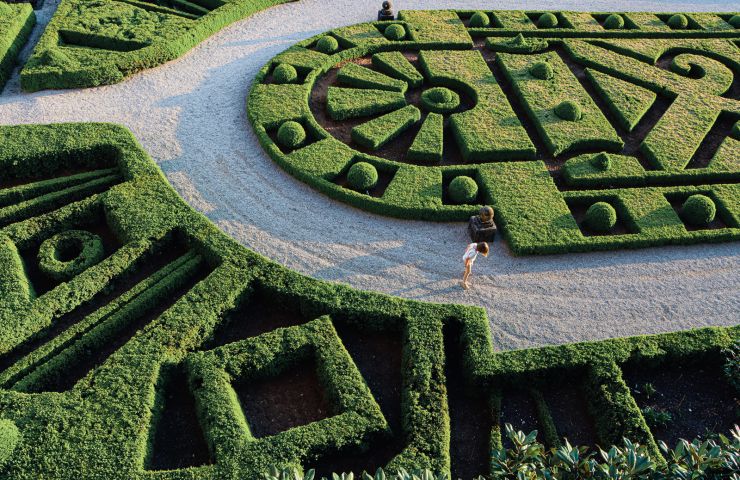
HAUTEFORT CASTLE: GARDENS AND LANDSCAPED PARK IN THE BLACK PERIGORD Discover the French gardens and landscaped park ...
34,9 km - Hautefort
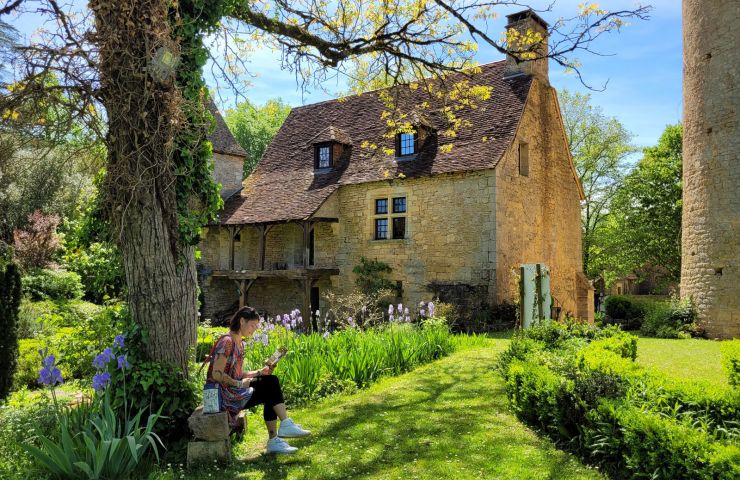
The Gardens of the Donjon, Manor and Garden of the Hall Open the door to this unique place in the heart of the ...
35,3 km - Saint Léon sur Vézère